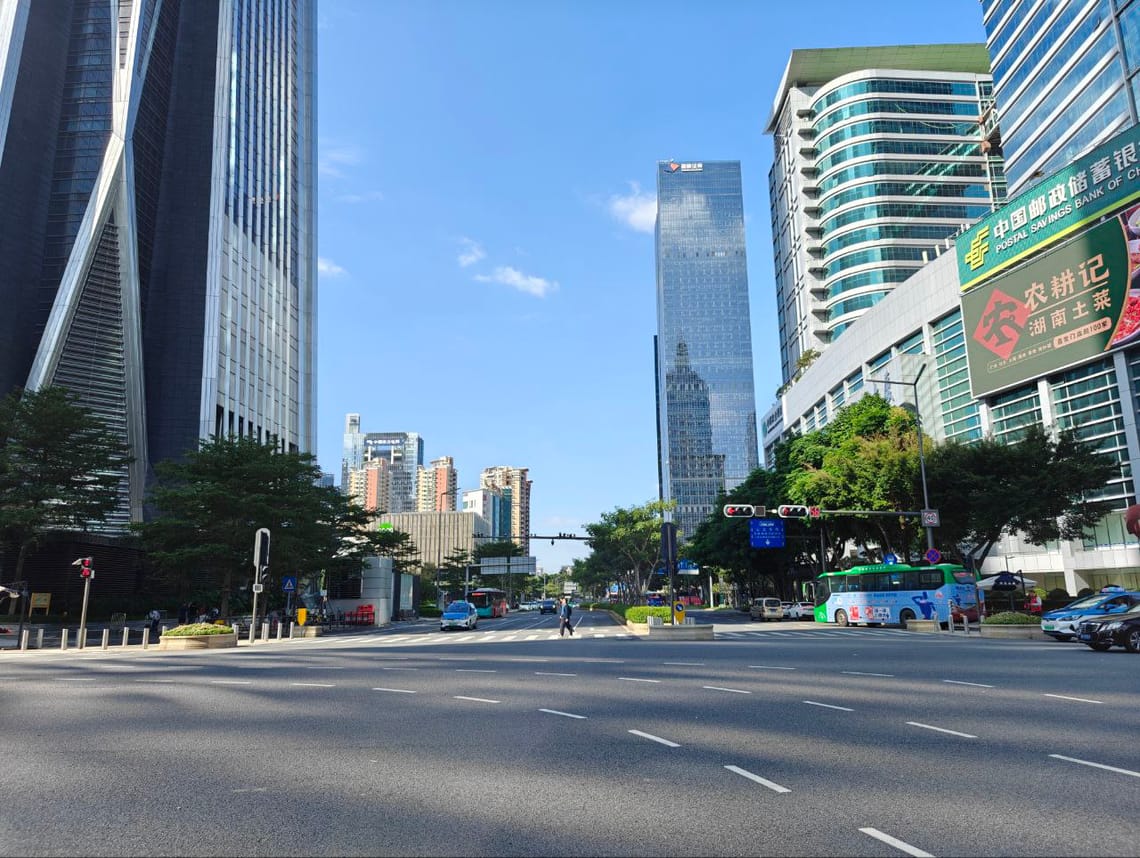Nike’s latest business update disappointed many who held optimism over a recovering China.
Nike has revised its sales guidance lower for the next six months, partly due to softer operating environment in Greater China. This slowing growth trajectory is on the back of a newly-announced cost-saving enterprise initiative, where the company seeks to reap US$2 billion in savings over three years.
This dampened outlook is in contrast with three months back when the company was more confident with business recovery in China. It is likely that Nike observed a more cautious consumer spending behavior outside of special shopping events like the Double 11. The outlook may also reflect the fact that they are unwilling to follow suit with competitors chasing after customers with heavy discounts and promotional activities.
It is no longer a surprise that China has been going through a rather uneven economic recovery so far. Consumers and households have been opening up their wallets more selectively, preferring experiences like domestic travel rather than spending on discretionary hard goods. The tough retail landscape was likewise echoed by Li Ning two months back with high inventory levels pressuring the various sales channels, especially in wholesale and e-commerce.
While Nike may not be facing as much company-specific issues than local competitors like Li Ning and Anta, it can still be quite a challenging journey to execute on margin improvements while balancing market share. For a more sustained competitive edge, Nike must not only pursue profitability, but also double down on product innovation.
Towards this end, they have reiterated their commitment to investing in the business. Majority of the $2 billion cost savings to be achieved over the coming years will be reinvested back to drive further organic growth when the macroeconomic conditions recover. These cost savings can be reaped from several areas such as simplifying the product assortment, streamlining organizational layers and efficiency gains from supply chain management. In the near-term, Nike expects to incur up to US$450 million restructuring charges mainly in the form of employee severance costs.

However, the big question for Nike will be on their strategy to defend against rising brands like Lululemon, On, and Hoka. In response, Nike has announced new appointments last month, with John Hoke and Martin Lotti taking on their new roles as Chief Innovation Officer and Chief Design Officer respectively. A new Chief Technology Officer was also hired from Amazon and come January 2024, there will also be a new internally promoted Chief Marketing Officer. This demonstrates Nike’s commitment to adapt to new consumer trends and recognizing the need to arrest its market share decline.
Lululemon’s CEO, Calvin McDonald, has recently participated in the Fortune China 500 Summit held in Shanghai. The company targets to quadruple their China business in the coming three to four years, expanding the retail footprint from their current portfolio of over a hundred physical stores. Apart from athleisure, the fast-growing popularity of running also attracted smaller but eager brands like On Running and Hoka One One. For these two brands, China remains a key international market that fit into their expansion strategy.
To compete effectively, Nike has one thing going for them: A deep bench of talent with decades-long experience and technical know-how to come up with successful product launches. Certainly, more has to be done for Nike to leverage on its brand equity and long-running franchise strength to keep its customers engaged. Perhaps the upcoming launch of Pegasus 41 next year will mark the start of Nike’s counterattack to get back on their front foot.




